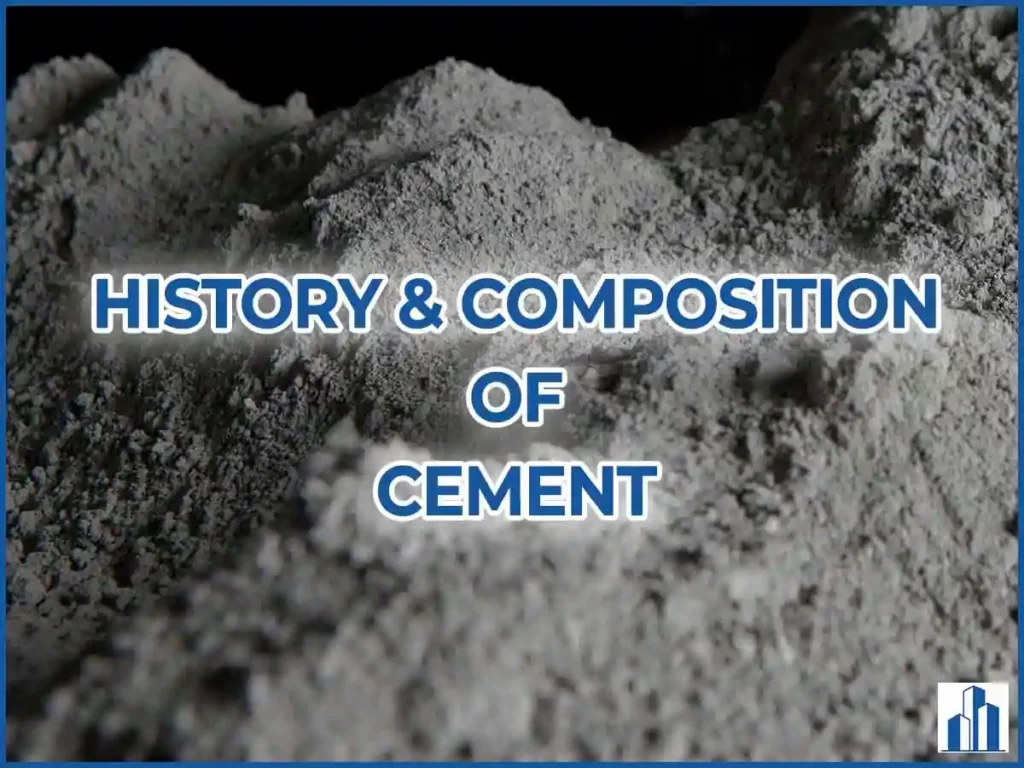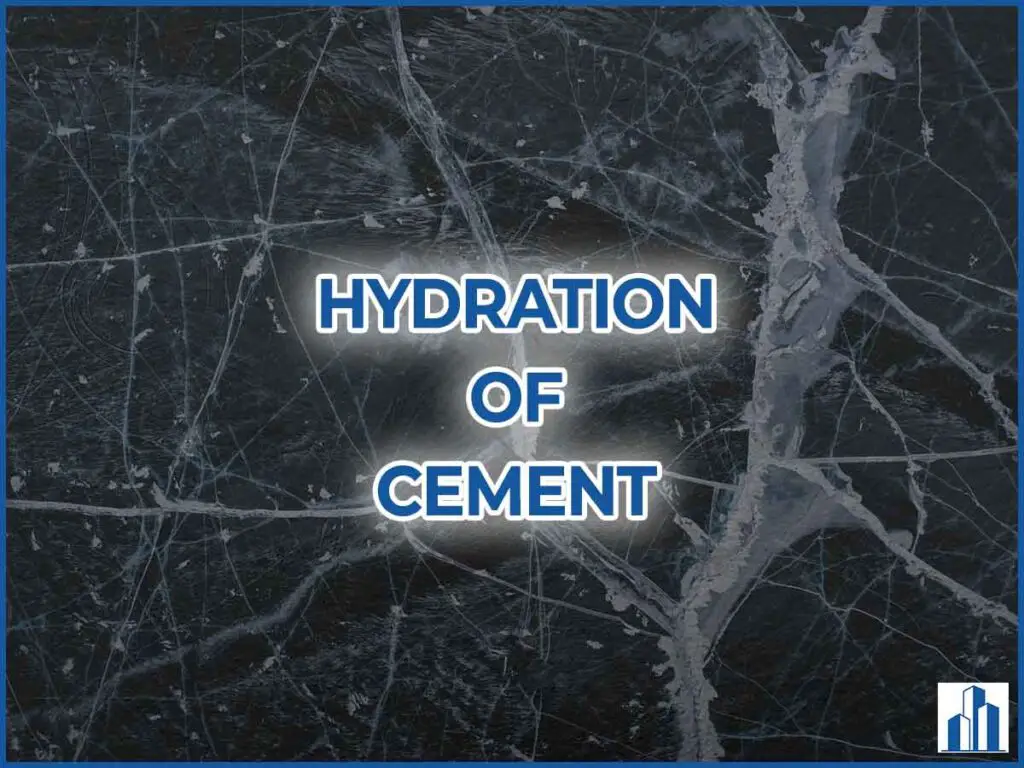Manufacturing of cement
From the previous article, it is clear that the raw materials required for the manufacturing of cement are calcareous materials, such as chalk or limestone, and argillaceous materials, such as clay or shale.
Cement industries are established where these raw materials are available in plenty, eliminating the inconvenience of long-distance transportation of raw materials and finished products.
The following are the general processes involved in the manufacturing of cement,
- Quarrying of raw materials
- Grinding (Pulverization) of raw materials
- Mixing or blending of raw materials
- Burning of raw materials in the rotary kiln
- Cooling of clinker granules
- Inter grinding of clinker & gypsum in a mill
- Storage, packing, and dispatch of cement.
Depending upon the moisture content of raw materials during grinding and mixing, there are 2 wide processes available,
- Wet process and
- Dry process
With a little change in the above process, we may also have a semi-dry process.
Wet Process
In the wet process, the prime raw material, the limestones are extracted as big boulders from the site through blasting (Quarrying) and transported to a limestone crusher by dumpers or tippers, where the big boulders are crushed to 15-20mm size (Pulverization).
Then the pulverized limestones are taken to a ball or tube mill where it is mixed with argillaceous materials such as clay or shale and ground to a fine consistency of slurry with the addition of water (Blending of raw materials). The slurry may have a water content of about 35 – 50 percent. The slurry is checked for its chemical composition and kept in an agitated condition and stored in a final storage tank.
The slurry is fed to a rotary kiln. The rotary kiln is an important component of a cement factory. The rotary kiln is an inclined thick steel cylinder of diameter that varies from 3 meters to 8 meters, lined with refractory materials, mounted on roller bearings, and capable of rotating about its own axis at a specified speed. The length of the rotary kiln may vary from 30 meters to 200 meters.
The lower end of the kiln is subjected to a higher temperature ranging from 1300 – 1500 degree Celsius. The slurry mixture is fed into the kiln at the upper end, as it rolls down the kiln, the raw materials fuse together and the slurry mass fuses into balls of size 3mm – 25mm, known as clinkers.
The clinkers are then cooled, stored, and ground in a ball mill with the addition of 3-5% of gypsum in order to prevent the flash setting of cement. Then these particles are grounded to the required fineness and then transported to silos, from where the cement is packed and distributed.
Dry Process
In the dry process, the first 2 steps (Quarrying and pulverization of raw materials) were the same as in the wet process.
The blending of raw materials is in the slurry form in the wet process but here in the dry and semi-dry process, the raw materials are crushed dry and fed in a correct proportion to a grinding mill where they are grounded to a very fine powder. The dry powder called the raw meal is further blended by using compressed air. In about one hour of aeration, a uniform mixture is obtained.
The blended meal is further fed into a granulator where a quantity of water of about 12% by weight is added to make the blended meal into pellets. These pellets are fed into a rotary kiln and clinkers are obtained.
The clinkers are then grounded with gypsum and finally stored, packed, and distributed.
Wet process vs Dry process
The basic difference between the wet and dry processes of manufacturing cement are shown below,
- The equipment used in the dry process kiln is comparatively smaller.
- The dry process is quite economical.
- The total consumption of coal in the dry process is only about 100 kg when compared to the requirement of about 350 kg for producing a ton of cement in the wet process.
Nowadays, almost all cement manufacturing plants are adopting the dry process.
Formation of chemical compounds inside rotary kiln
The following are the changes that occurred inside the rotary kiln,
- Evaporation of free water in the raw materials
- Decomposition of clay
- Decomposition of limestone
- Formation of initial compounds
- C2S formation (Temp- 900 to 1200’C)
- C3S formation (Temp- 1300’C)
Hope you understand the process behind the manufacturing of cement. Check out our other articles to learn more about cement and its properties.





With havin so much written content do you ever run into any
issues of plagorism or copyright violation? My website has a lot of exclusive content I’ve
either written myself or outsourced but it seems a lot of it is popping it up all over the internet without my agreement.
Do you know any solutions to help reduce content from being stolen? I’d genuinely appreciate it.
I am so sorry that this happens to you. As of now, I didn’t face any of that problem on my website. If you feel your content is used without your consent, then I would suggest contacting the website owner through email and convey your disappointment. I’m sure that itself can bring some positive results.
Good write-up, I’m regular visitor of one’s web site, maintain up the nice operate, and It’s going to be a regular visitor for a long time.